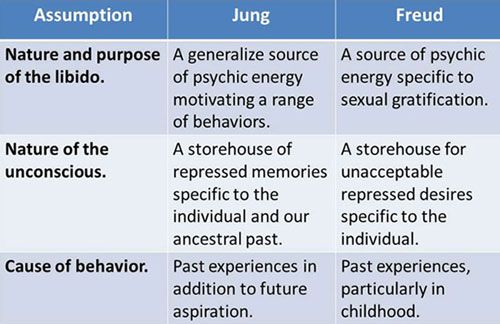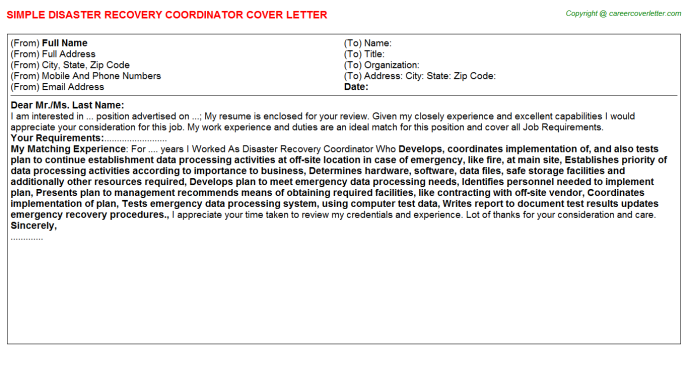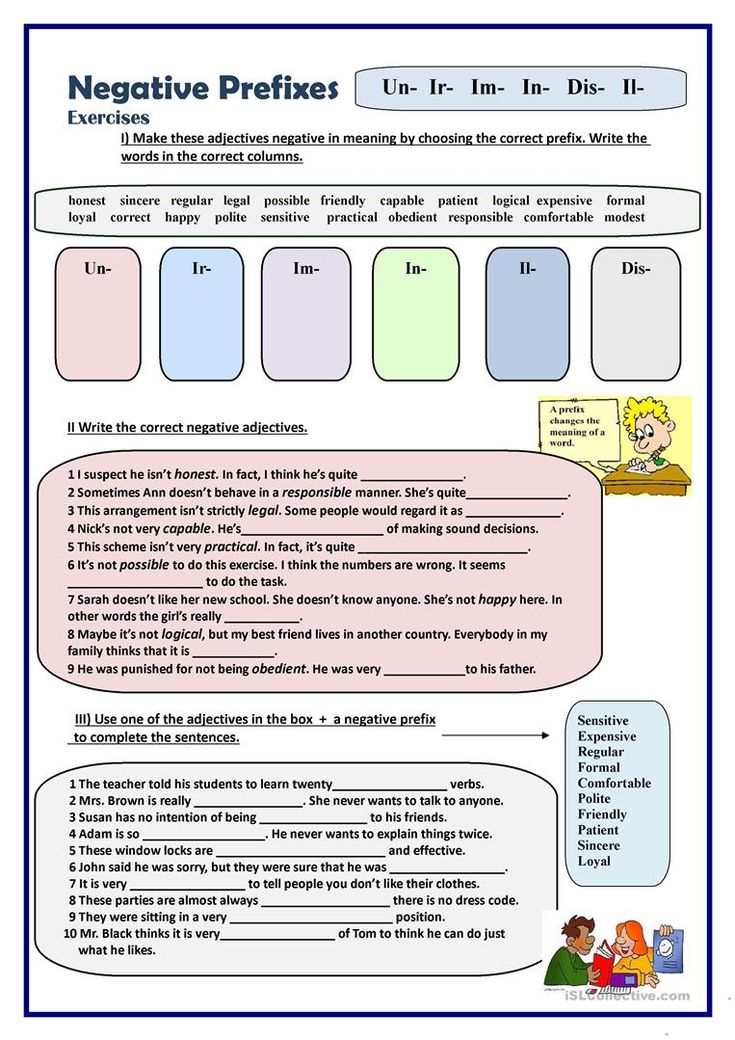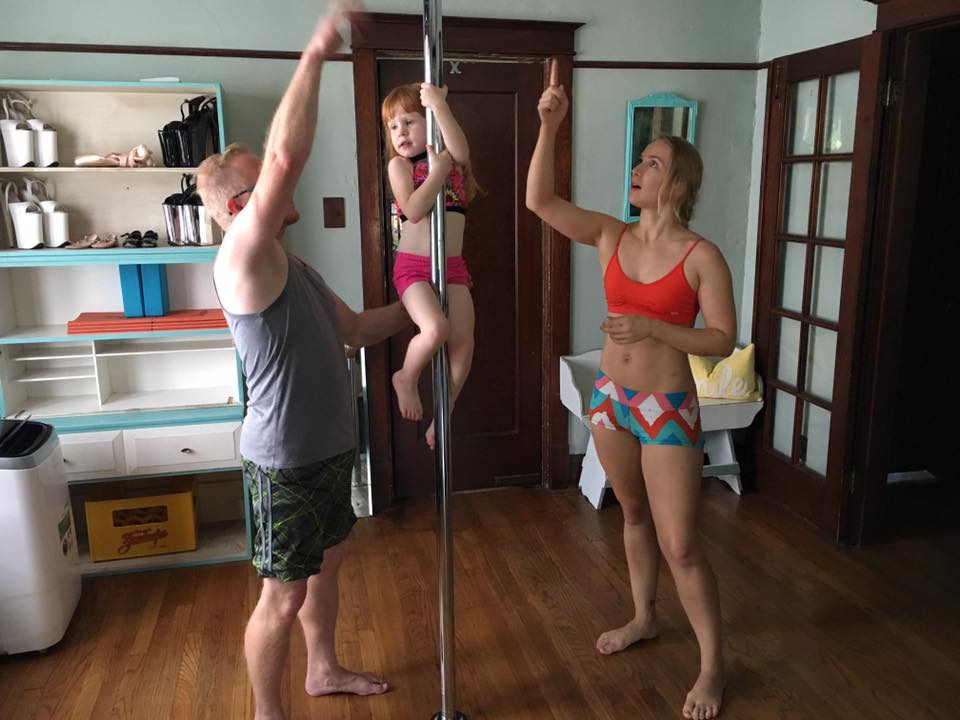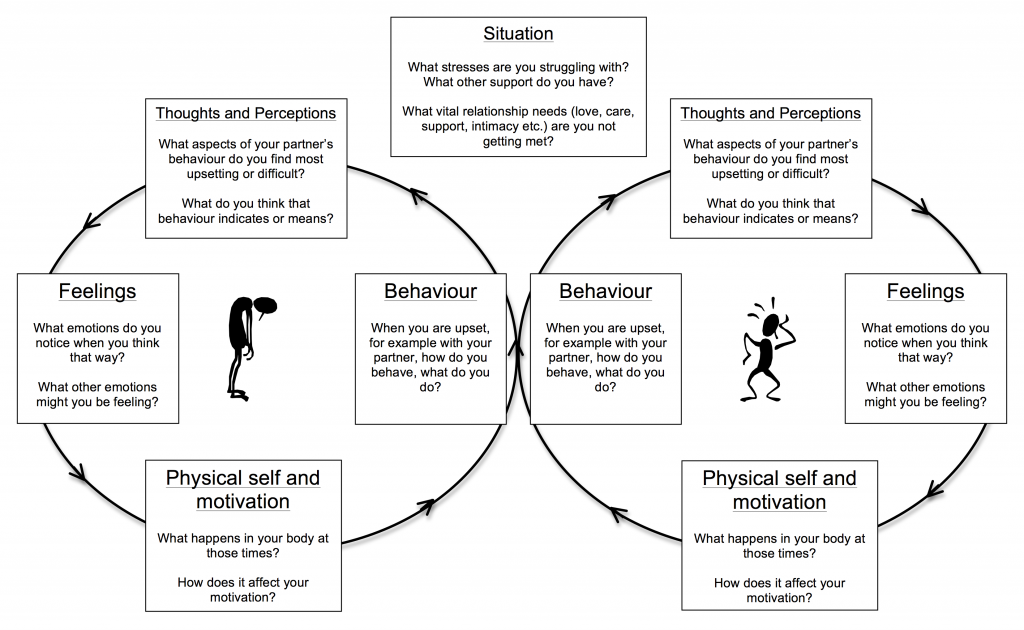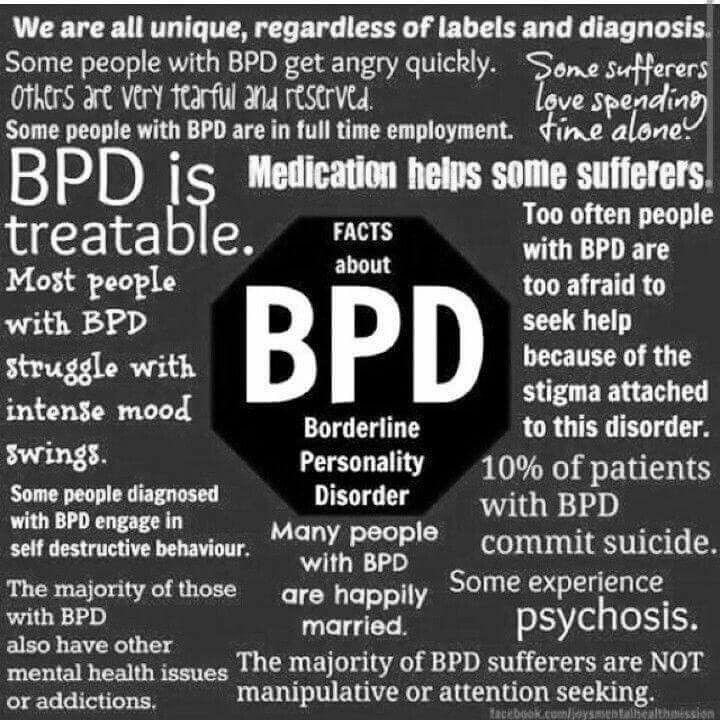Personal theoretical orientation to counseling
Understanding Theoretical Orientation in Counseling
Theoretical Orientation in counseling is defined by the American Psychological Association as “an organized set of assumptions or preferences for given theories that provides a counselor or clinician with a conceptual framework for understanding a client’s needs and for formulating a rationale for specific interventions.”
This is a cornerstone concept in psychotherapy that focuses on the psychological theories that therapists use to understand behavior and how professionals use these theories to guide their work with clients. Theoretical orientation in counseling essentially refers to what concepts or perspectives a mental health professional uses to assess, understand, and treat their clients.
Any theory that a mental health provider uses to guide their practice is their theoretical orientation. There are dozens of theoretical orientations that providers can operate under when working with clients. A therapist can alter their theoretical orientation depending on the specific needs of the client.
Types of Theoretical Orientations or Perspectives
Cognitive Behavioral Theory
The cognitive-behavioral theory operates under the idea that how a person thinks, feels, and acts all interact in tandem. Providers that use CBT as theoretical orientation in counseling treat clients under the assumption that thoughts determine feelings and behavior and that negative thoughts and feelings can cause problems.
An example of CBT as a theoretical orientation in the therapeutic setting might look like a provider visiting with a client that is experiencing persistent negative thoughts and is having trouble completing tasks day-to-day. A therapist using CBT techniques assumes that the thoughts are what is causing the inability to complete tasks. Treatment would then be formed to address the negative thoughts so that the client’s behaviors can improve.
Dialectical behavioral therapy
Dialectical behavior therapy (DBT) is a subcategory of CBT that is more niche in its approach. This theoretical orientation is geared toward the regulation of strong emotions as they relate to the concept of self and relationships with others with a heavy focus on mindfulness.
This theoretical orientation is geared toward the regulation of strong emotions as they relate to the concept of self and relationships with others with a heavy focus on mindfulness.
An example of a DBT theoretical orientation might look like a client coming to the provider for help with severe anxiety. If the client has trouble self-regulating their emotions enough to calm down, then the provider might find DBT as a useful tool to help them achieve better self-soothing and emotional control. The treatment plan would then be oriented toward mindfulness and learning skills to improve the client’s experience.
Gestalt
Gestalt therapy revolves around the phenomenological method of awareness. This client-centered psychotherapy aims to help bring clients in full focus with the present moment rather than dwelling too long on the past or anxiously dreading the future. This theory believes that individuals have control over their emotions and behaviors and need to take responsibility for them if they hope to change.
An example of when a therapist might use a gestalt theoretical orientation in counseling might involve a client seeking services who have trouble seeing how they play a role in their own actions. They might have a person to blame for how they act or an event in their life that they believe made them the way they are. The therapist might choose to adopt a gestalt theoretical orientation in counseling to help their clients gain insight into their own role in their life and help them find peace and responsibility into where they are in the present day.
Attachment Theory
Attachment theory is centered on the idea that an individual’s attachments or relationships to their caregivers play a critical role in future attachments. There are several types of attachments including secure, anxious, disorganized, and avoidant. This theory operates under the assumption that each attachment style will stay with the individual through development and find the consequences of that attachment style in their adult relationships.
A provider might adopt the attachment theoretical orientation in counseling if they encounter a client that is struggling in their romantic relationship or is maybe struggling to maintain healthy relationships at all. Especially if the client is showing symptoms that model the consequences of any single particular attachment style. The treatment would then be geared toward helping the client understand that attachment style and learn skills to form secure and healthy attachments in future or current relationships.
There are dozens of other evidence-based theories that a provider might adopt as their theoretical orientation in counseling depending on the unique needs and situation of the client.
KASA helps you start, grow, and manage your therapy practice, so you can focus on helping your clients.
Learn More About KASA Practice Management Solutions
Filed Under: Blog
KASA Team
Counseling theories converge: Person, client, therapist
Establishing a theoretical orientation as a counselor is vital in working with clients in the mental health profession.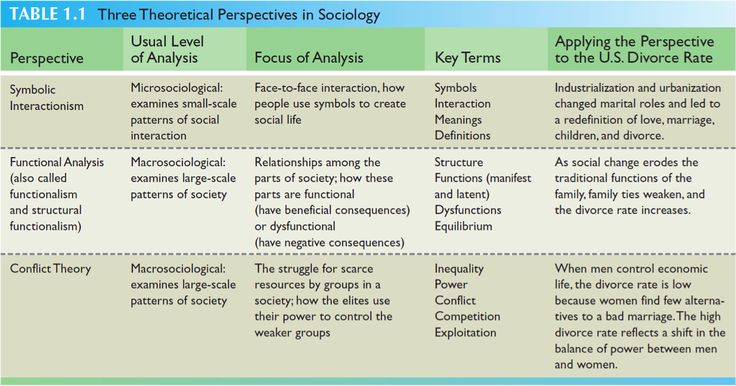 This is common knowledge in the field because any well-grounded professional needs a basis by which to operate.
This is common knowledge in the field because any well-grounded professional needs a basis by which to operate.
As a professional counselor, one must know how to respond to various complex individual and family issues, behaviors and emotions. If the counselor does not know how to respond to the client, then he or she may appear incompetent to the client. Actually, the counselor may be incompetent regarding that particular issue. Most theories propose that counselors are competent to address most of the major life issues that clients present within the therapeutic relationship, however. Therefore, being knowledgeable and well-trained in a particular theory may increase a counselor’s competence and confidence when working with clients in need.
A new counseling student may wonder, “What is the process for tailoring my own counseling theory?” Personally, I can trace my theoretical orientations back to several factors that include but are not limited to life experiences, personal beliefs and values, perspectives on how people change, my own work in individual therapy and professional experiences working with diverse client populations.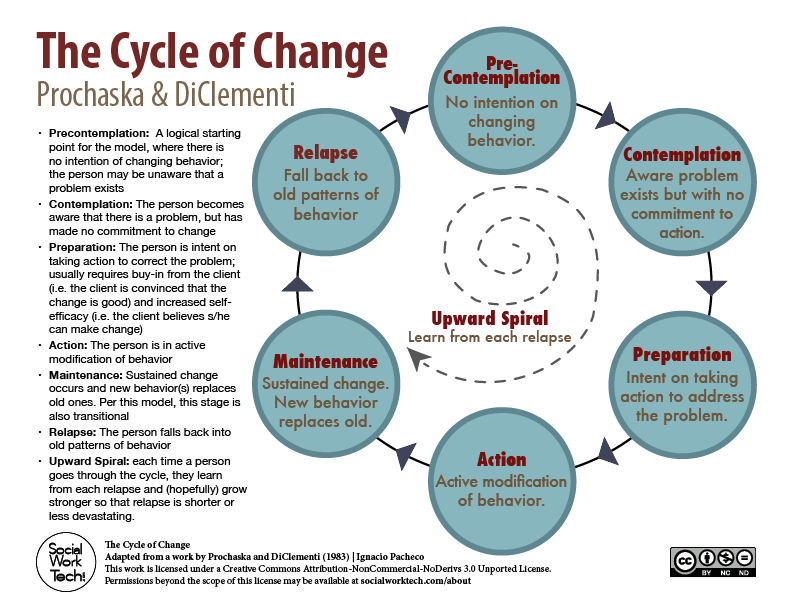 These orientations include person-centered therapy, cognitive behavior therapy (CBT), brief psychodynamic therapy and motivational interviewing.
These orientations include person-centered therapy, cognitive behavior therapy (CBT), brief psychodynamic therapy and motivational interviewing.
Theoretical orientation was originally formed by my life experiences. Part of my life experience was being raised in a home with parents who worked in a helping profession most of their lives. My father was a pastor for more than 40 years and the founder and headmaster of a private school for 13 years, while my mother served as a secretary in both of those arenas.
Some of my earlier memories involve observing my father modeling interpersonal skills among the parishioners he served. Some of those people were especially difficult. He would tell me, “Keith, you just have to love them and accept them where they are. Eventually, that love and acceptance will get through to them. It’s all about the relationship.”
Similarly, Carl Rogers, founder of person-centered therapy, attested that the necessary conditions for therapy are contained solely within the therapeutic relationship itself.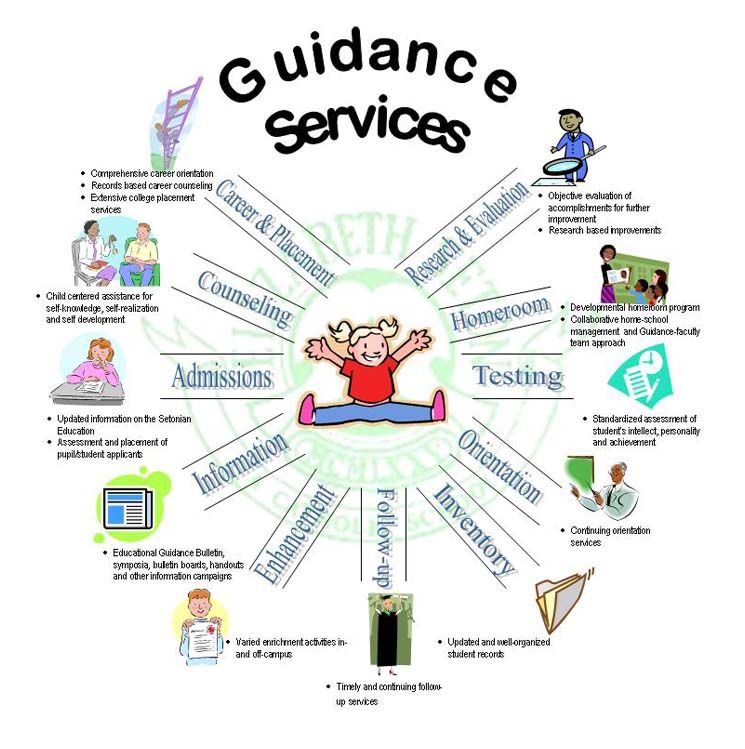 At least six specific conditions emerge out of this relationships, including unconditional positive regard, genuineness and empathy, as referenced in the popular theories text Systems of Psychotherapy: A Transtheoretical Analysis by James Prochaska and John Norcross. I would say there is an excellent chance that if my father were alive today, he would identify with Rogers as it relates to how people change.
At least six specific conditions emerge out of this relationships, including unconditional positive regard, genuineness and empathy, as referenced in the popular theories text Systems of Psychotherapy: A Transtheoretical Analysis by James Prochaska and John Norcross. I would say there is an excellent chance that if my father were alive today, he would identify with Rogers as it relates to how people change.
Throughout my life, I was able to test this “theory” as I connected with other people and made observations about how people change. I observed that, in fact, people do change within the context of how people relate to them. I originally learned my own version of “person-centered therapy” through the modeling of relationships from my father, but I learned later in life that the relationship is not the only necessary ingredient for helping within the counseling profession, even though it remains a foundational one.
Another theoretical orientation I identify with is cognitive therapy, also commonly referred to as cognitive behavior therapy. CBT posits that one’s emotions and behaviors are often caused or derived by one’s thoughts. In other words, if a person is depressed or anxious, then that person has certain cognitive errors or distortions that cause that person to be depressed or anxious. For example, a person experiencing severe anxiety and panic attacks might have common thoughts such as “I’m going to die” or “I can’t handle this!” By confronting the cognitive error and replacing it with a more realistic thought (“This is uncomfortable, but it will pass on its own” or “This is tough, but I can handle it”), the person will reduce or even eliminate the anxiety completely.
CBT posits that one’s emotions and behaviors are often caused or derived by one’s thoughts. In other words, if a person is depressed or anxious, then that person has certain cognitive errors or distortions that cause that person to be depressed or anxious. For example, a person experiencing severe anxiety and panic attacks might have common thoughts such as “I’m going to die” or “I can’t handle this!” By confronting the cognitive error and replacing it with a more realistic thought (“This is uncomfortable, but it will pass on its own” or “This is tough, but I can handle it”), the person will reduce or even eliminate the anxiety completely.
I identify with this therapy largely because of my own psychotherapeutic work. I can attest to CBT’s efficacy in my own life. For example, I learned that my inner thoughts of “should” statements (“I shouldn’t be this” or “I should have done this”) exacerbate my personal anxiety. I realized that by increasing my own thought awareness, I could identify my cognitive distortions that were unrealistic or even completely false.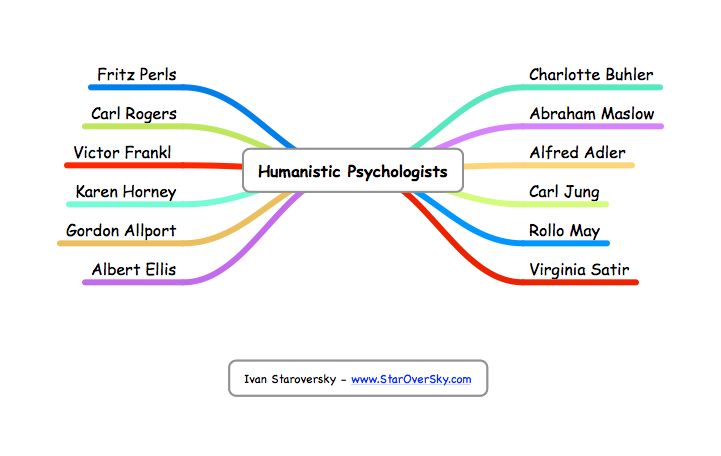 Once I learned to be more aware of my thoughts, it helped me to reduce my anxiety significantly.
Once I learned to be more aware of my thoughts, it helped me to reduce my anxiety significantly.
I have also experienced the importance of my changing beliefs through the years and how this has affected my emotional and behavioral life. From a spiritual perspective, my thoughts and beliefs about God, myself and others have also shifted the way I feel about those important aspects of my life. For example, I previously held the view that God expected a performance of good deeds in order to receive His love and acceptance. When I confronted that “spiritual cognitive error,” however, I was able to free myself from significant anxiety that had a spiritual basis.
In my therapeutic work with diverse client populations, I have also found it helpful to confront their thought and belief patterns and examine how these affect their other emotional problems. For instance, I worked with a client who had moderate to severe anxiety that often resulted in panic attacks and vomiting. The client stated, “I can’t figure out why I’m having anxiety.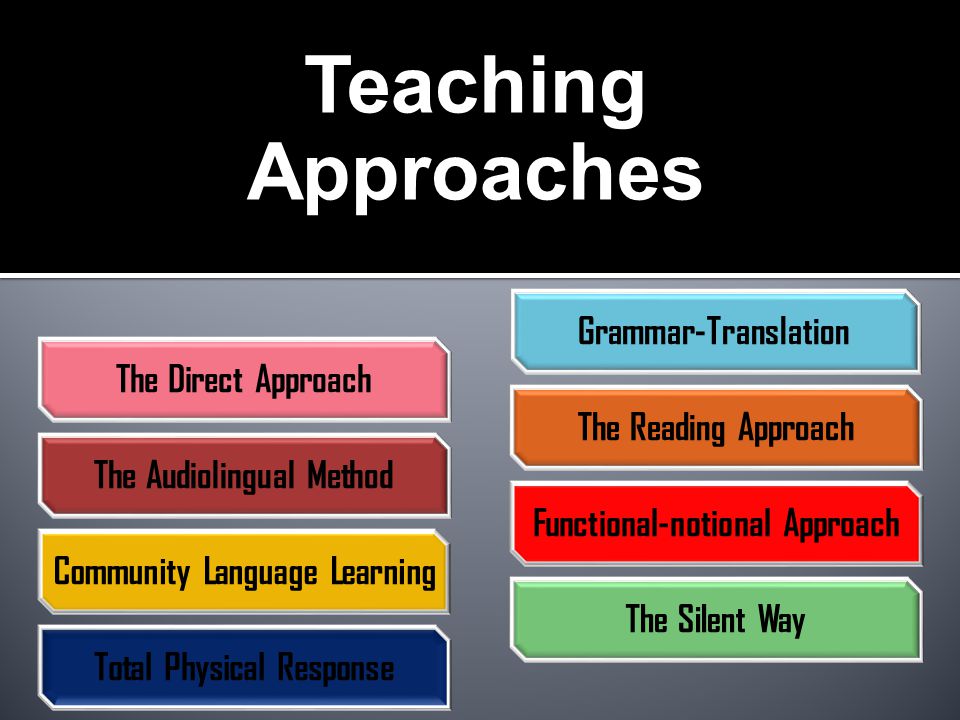 Things in life are going well.” In other words, he did not think he had any external or life circumstances that warranted anxiety and was therefore perplexed. I assigned the client to keep a thought journal in which he would regularly record his thoughts, especially during times of higher anxiety. After journaling for two weeks, he said he realized he had the following thoughts during times of anxiety: “I can’t handle this” and “If this happens, then I won’t be a good husband, and that would be unbearable.” The client was astonished that these thoughts were manifested during anxiety, and his awareness increased. We explored some cognitive restructuring around those thoughts, and he was able to form more realistic thoughts and beliefs given the situation. Four weeks later, he reported that he had not experienced any significant anxiety or panic attacks since our session. This was the first time he had been free of anxiety in over a year. Thanks to personal and professional experiences such as these, today I strongly identify with CBT.
Things in life are going well.” In other words, he did not think he had any external or life circumstances that warranted anxiety and was therefore perplexed. I assigned the client to keep a thought journal in which he would regularly record his thoughts, especially during times of higher anxiety. After journaling for two weeks, he said he realized he had the following thoughts during times of anxiety: “I can’t handle this” and “If this happens, then I won’t be a good husband, and that would be unbearable.” The client was astonished that these thoughts were manifested during anxiety, and his awareness increased. We explored some cognitive restructuring around those thoughts, and he was able to form more realistic thoughts and beliefs given the situation. Four weeks later, he reported that he had not experienced any significant anxiety or panic attacks since our session. This was the first time he had been free of anxiety in over a year. Thanks to personal and professional experiences such as these, today I strongly identify with CBT.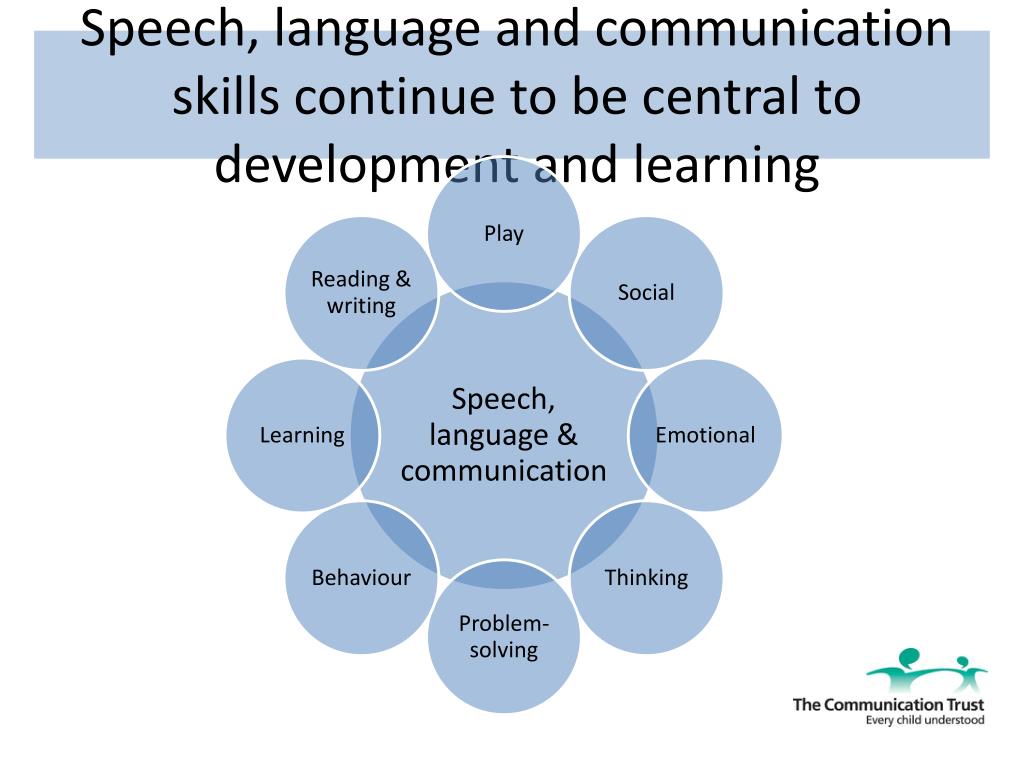
When reading my theories textbook about psychodynamic therapies, I must admit I was a little surprised. After almost 11 years of working in mental health, I thought I had solidified my theoretical orientation. Then I read about the following themes that, according to Prochaska and Norcross, characterize brief psychodynamic therapy:
- Emphasis on past experiences
- Focus on client’s emotional expression
- Exploration of client’s desires, fantasies and dreams
- Emphasis on the therapeutic relationship
- Exploration of client’s attempt to avoid issues
- Focus on the interpersonal experiences of clients
- Identification of client patterns in relationships
I continued to be surprised as I read about the specifics of the therapeutic working alliance. This alliance is based on collaboration with the client about therapy goals, consensus on treatment tasks and a connection within the professional relationship. This alliance seems to merge well with my leanings toward person-centered therapy and Rogers’ themes.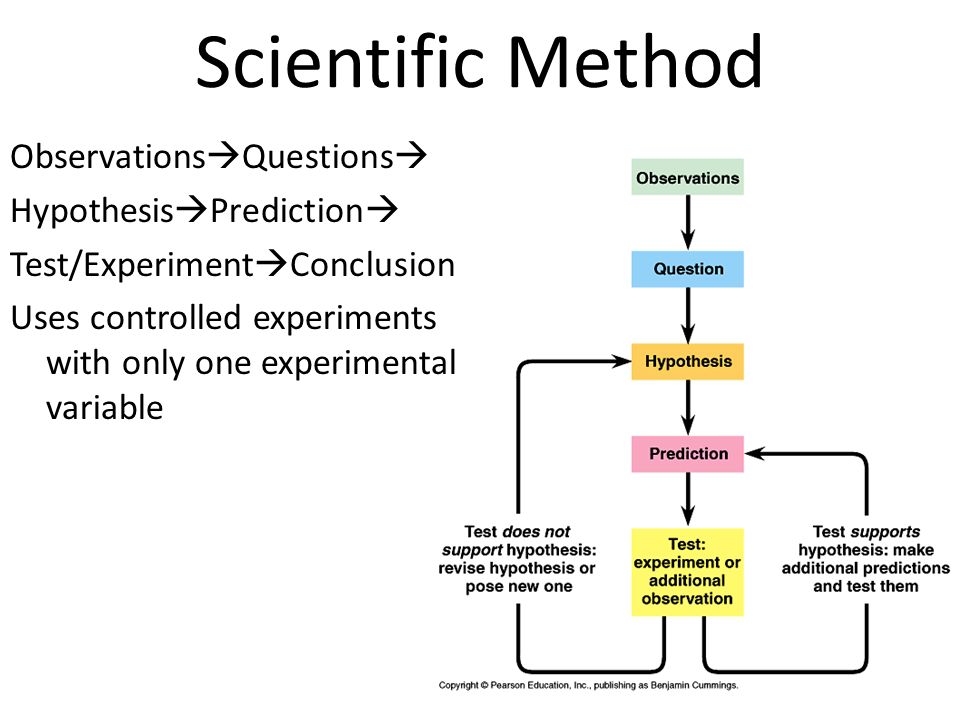 I also connected with the principle of consensus in treatment tasks because I have always viewed informed consent to be a living and ongoing process with the client. For instance, when I am working through an evidence-based treatment for PTSD with a trauma client, ongoing informed consent (specific phases of treatment) is a necessary collaboration in order for the client to feel a continued sense of safety and trust. Another theme from brief psychodynamic therapy is that therapists seem to be more empathic, similar to the tradition of person-centered therapy.
I also connected with the principle of consensus in treatment tasks because I have always viewed informed consent to be a living and ongoing process with the client. For instance, when I am working through an evidence-based treatment for PTSD with a trauma client, ongoing informed consent (specific phases of treatment) is a necessary collaboration in order for the client to feel a continued sense of safety and trust. Another theme from brief psychodynamic therapy is that therapists seem to be more empathic, similar to the tradition of person-centered therapy.
A final theoretical orientation I relate with is motivational interviewing (MI). MI is considered to be in the same category as other person-centered therapies. It is based on skills related to empathy and warmth, while focusing on working with clients who often are resistant to treatment. It was originally developed for resistant clients who were receiving substance abuse treatment. Four active elements of MI are expressing empathy, developing discrepancy, rolling with resistance and supporting self-efficacy.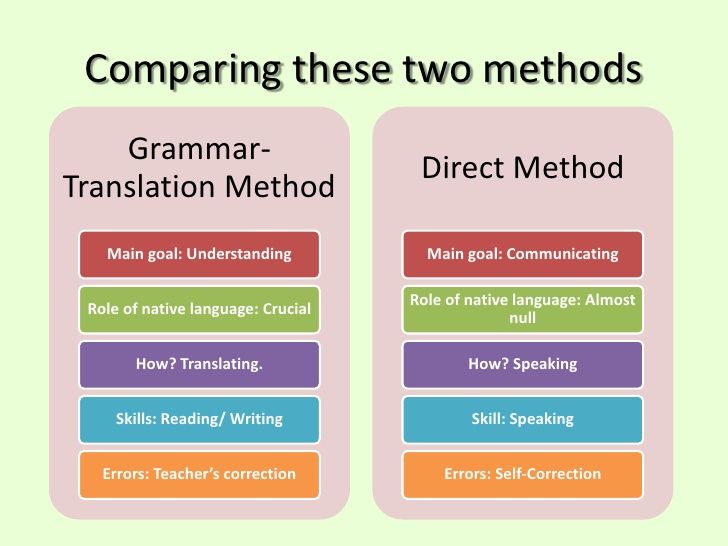
Expressing empathy entails the therapist applying reflective listening skills to express a genuine concern for the client and a basic understanding of the client’s message. Developing discrepancy relates to identifying the difference between the client’s current behavior and deeply held values. Rolling with resistance involves the therapist avoiding any argument with the client because the client’s resistance is simply his or her way of voicing ambivalence. Supporting self-efficacy involves the therapist portraying that the client is capable of change. It is the client who is responsible for finding his or her own solution to the issue. Four important skills of therapists who operate from an MI orientation are open questions, affirmation, summaries and reflective listening. From my clinical perspective gained while working with the military population, I have discovered that MI helps veterans in establishing their own goals for treatment. I also believe that MI is helpful as a supervision model, and I am excited about utilizing it in my doctoral studies while supervising graduate counseling students.
Given my orientation to various counseling theories, I ask myself whether I am an integrative therapist who works across theoretical systems in a purposeful way, or whether I just pick and choose as I prefer without any rationale behind my choices. I would like to believe that I am more of an integrative therapist who chooses commonalities among systems in a purposeful manner concerning the theories I select. However, I must explore this on a deeper level to obtain an accurate answer.
When I reflect about this process, I discover common themes between the therapies of person-centered, motivational interviewing and brief psychodynamic regarding the important of the relationship, working alliance and assisting clients in developing their own goals. However, my leaning toward CBT is incongruent with the other therapies in some of these important aspects. Instead of the relationship being the “end all, be all,” CBT is oriented toward thoughts and how they affect behaviors and emotions.
I believe some of my incongruence is in conjunction with my own work in CBT and how it has helped me. I have experienced firsthand the effectiveness of CBT. Therefore, I have integrated it into my way of helping others. I have been helped, so I choose to help others in the same way I have benefited. Consequently, my integrative orientation is partly based on common themes between therapies and partly based on my personal experience within my own therapeutic work. This is how I resolve this discrepancy of sorts regarding my orientation.
What is the process of developing one’s own theory as a counselor? A counseling theory is not something that is solidified by simply reading a theories textbook and choosing from a plethora of options. Developing a theoretical orientation is initiated and enhanced by personal reflection, readings, working in the mental health field and life experience. Furthermore, it can be integrated by participating in one’s own individual therapy. It is derived from within, particularly from the beliefs and significant relationships of the counselor. It changes over time and is dependent upon personal growth or working with diverse populations. Counselors should not be surprised if they identify with a particular theory when they revisit those theories years later. I am a person, a client and a therapist, and I attest to this process.
It changes over time and is dependent upon personal growth or working with diverse populations. Counselors should not be surprised if they identify with a particular theory when they revisit those theories years later. I am a person, a client and a therapist, and I attest to this process.
****
Keith J. Myers is a licensed professional counselor and doctoral student of counselor education and supervision at Mercer University. He is also an intensively trained eye movement desensitization and reprocessing therapist and serves on the American Counseling Association’s Ethics Committee. Contact him at [email protected].
3.1.1.3 Theoretical approaches in psychological counseling
Subject psychological counseling.
B area of activity of a psychologist-consultant includes personality problems with developmental and adjustment difficulties in everyday life, disharmony interpersonal relationships, her social deviations, age crises.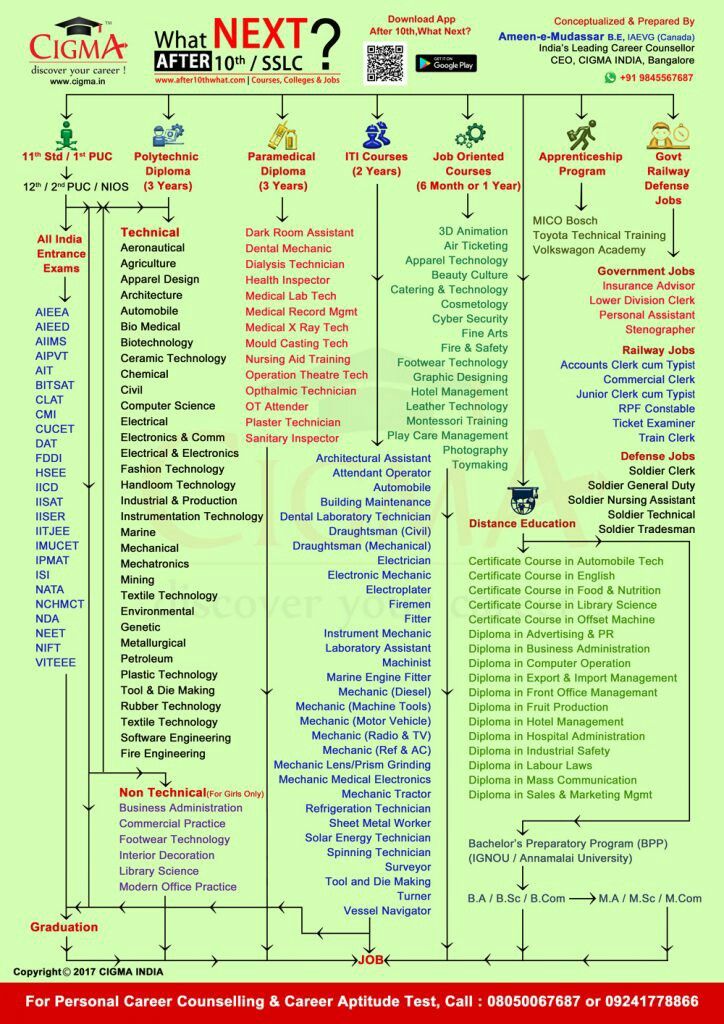 A wide range of such problems is the subject of psychological counseling.
A wide range of such problems is the subject of psychological counseling.
What such psychological counseling
Psychological counseling as a profession (or specialization) stood out from the clinical (medical) psychotherapy in response to needs of people without clinical disorders, but in need of psychological help. One can cite the following definition of what is psychological counseling is professional attitude (interaction) of qualified consultant to a client whose purpose is is to help the client understand happening in his living space, in achieving the goals set for the basis of informed choice in resolution emotional and interpersonal problems character 1 .
Marked the following defining features counseling:
Counseling helps a person choose and act at your own discretion.
Consulting helps to learn new behavior.
Consulting contributes to the development of personality.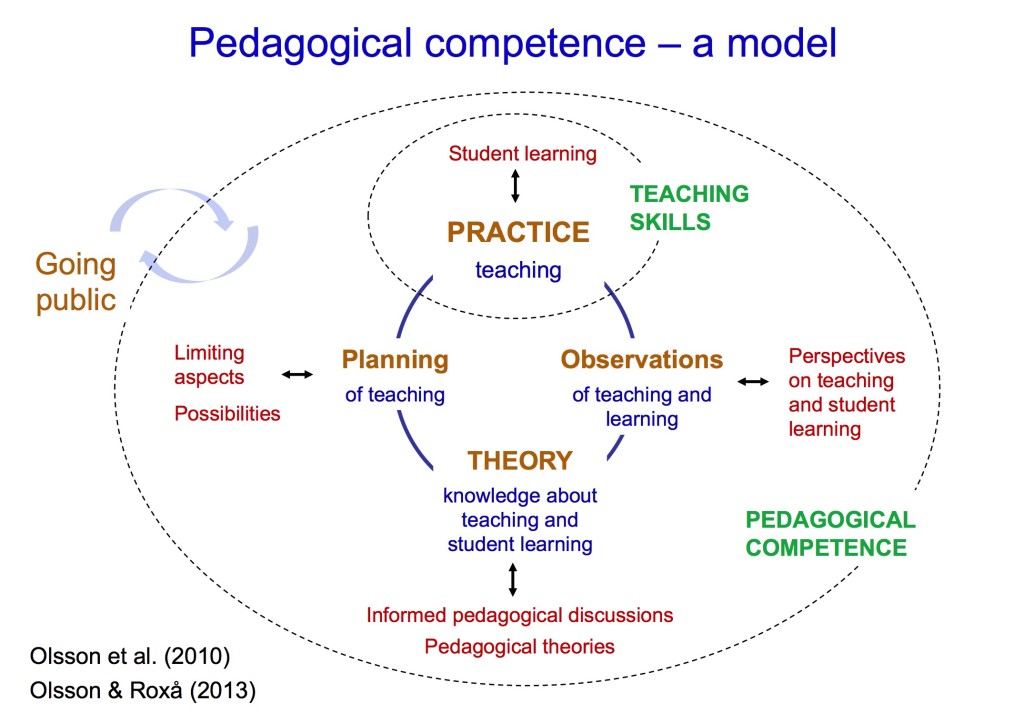
B counseling is emphasized the responsibility of the customer, i.e. recognized that an independent, responsible individual capable in appropriate circumstances make independent decisions and The consultant creates the conditions for encourage volitional behavior of the client. nine0003
Core counseling is "advisory interaction between the client and philosophy-based consultant "client-centered" therapy. So Thus, in counseling are implemented three basic principles of this direction:
Each personality has unconditional value and deserves respect as such;
Each individual is able to be responsible for myself;
Each the individual has the right to choose values and goals, take self solutions. nine0003
Question about the goals of counseling is not simple, because they are determined by the needs people seeking psychological help, and theoretical orientation the consultant himself.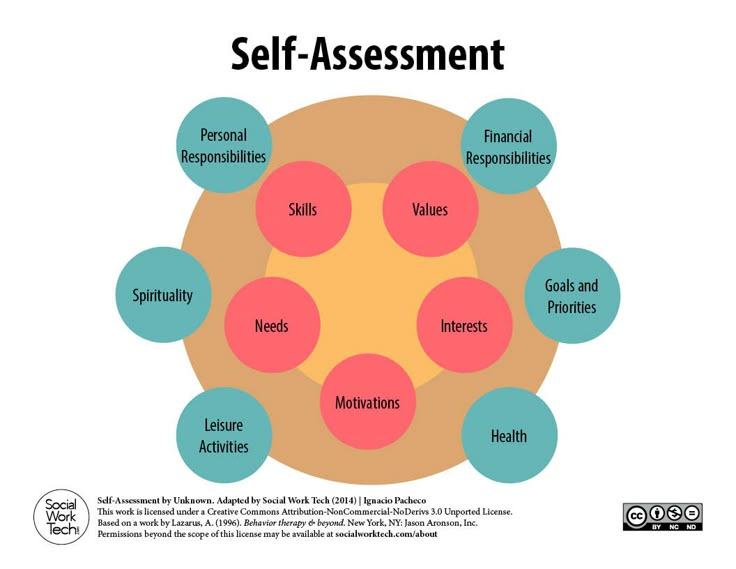 Very often in the counseling process is both corrective and therapeutic impact, goals, which, in their turn, in the current state sciences and practices are very diverse.
Very often in the counseling process is both corrective and therapeutic impact, goals, which, in their turn, in the current state sciences and practices are very diverse.
Consulting different from other disciplines related with mental health as parted accents as well as its history. Counseling emphasizes how human development and correction personality. Consultants work with individuals, groups, families and systems experiencing situational or long-term problems. Orientation personal development counseling prevention and elimination of emerging problems makes it attractive to people who want to be healthy transition from one life stage to another, to a productive life, free from disorders (Romano, nineteen92).
Consulting was not always so common and all-round profession. It evolved over many years. Many people who do not know his evolution, associate counseling exclusively with school or confuse concepts personal guidance guidance and counseling.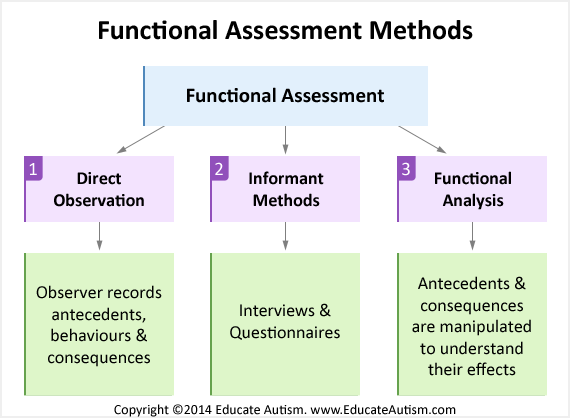 The consequence of this is the dominance in their minds outdated ideas that do not meet the requirements of reality. Therefore they sometimes they misunderstand the essence of the profession. Even among the consultants themselves, who unable to maintain your professional level, confusion will arise. As I once noticed Patterson, Counseling Pioneer, some authors of journal publications on counseling, as it were, “ignore the history of the consulting profession... [and thus] Repeat content publications 1950s and 1960s" (Goodyear & Watkins, 1983, p. 594).
The consequence of this is the dominance in their minds outdated ideas that do not meet the requirements of reality. Therefore they sometimes they misunderstand the essence of the profession. Even among the consultants themselves, who unable to maintain your professional level, confusion will arise. As I once noticed Patterson, Counseling Pioneer, some authors of journal publications on counseling, as it were, “ignore the history of the consulting profession... [and thus] Repeat content publications 1950s and 1960s" (Goodyear & Watkins, 1983, p. 594).
Therefore, it is important to study the history of counseling, because a consultant who knows evolution his profession, has more chances become a high-class professional and make a meaningful contribution in their field. This chapter discusses the important individuals, events and circumstances, leading to the formation of modern type of counseling and individual its currents (Paisley, 1997). Understanding the history of the profession better assess its current state and development trends.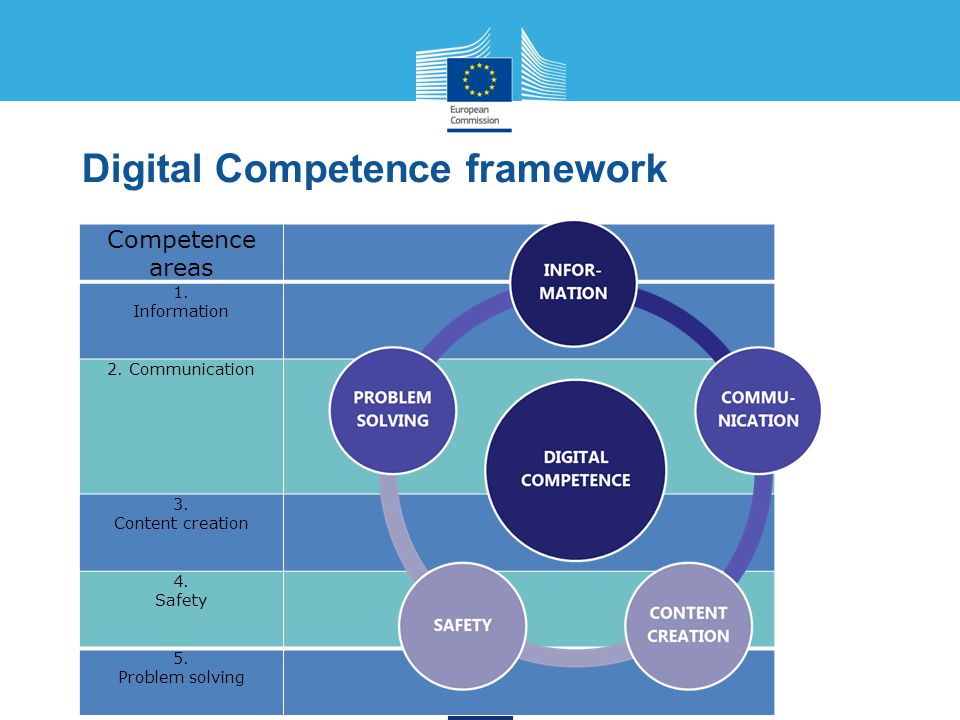 nine0003
nine0003
Definition counseling
Consultants have always existed - these are the people who listen to other people and help them cope with difficulties however term consultant on been mistaken for many years to professionals who promote goods. So, you can hear about consultants carpets, color consultants gamma, consultants in the fight against agricultural pests, financial advisors, etc. Such consultants are often successful businessmen or advisers. They all have the same attitude towards counseling furniture repairman has to medicine (Fig. 1.1). nine0003
Consulting how the profession appeared in line with practice personal guidance as a direction, the opposite of traditional psychotherapy. However, modern professional counseling in practice covers the work of clinicians involved in developmental and lifestyle issues, and as well as correction of mental disorders.
To understand what is now professional consulting, it is necessary first of all to understand concepts of "personal guidance" and "psychotherapy", as well as in the history professions.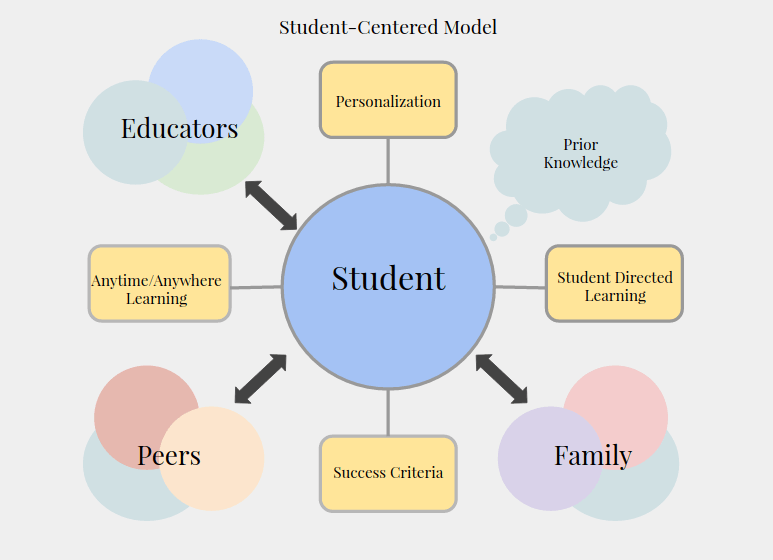 nine0003
nine0003
Personal manual
Personal leadership is to help people in understanding important decisions that affect their lives, such as choosing a lifestyle. Despite that one of the aspects of personal leadership - decision making - always occupied and occupies an important place in the process of counseling, the very concept "personal guidance", "stopped "be in demand" in medicine" (Tyler, 1986, b. 153). This concept is currently is of historical significance. However, sometimes personal leadership is understood as different way of helping from the general concept of counseling, and the term is still useful. nine0003
One of the differences between personal guidance and advice is that the first is concentrated to help people make good choice, while counseling focuses on helping to make changes. First work on personal leadership was carried out more parts in schools: adults helped students to make decisions such as choice of profession or training program. It was the relationship between the teacher and student who favored so that the less experienced person can navigate the choice of life way. Likewise, children are over a long period under "leadership" of parents, priests, scout leaders and coaches. Thanks to they learn over time better understand yourself and the world around you (Shertzer & stone, nineteen81).
It was the relationship between the teacher and student who favored so that the less experienced person can navigate the choice of life way. Likewise, children are over a long period under "leadership" of parents, priests, scout leaders and coaches. Thanks to they learn over time better understand yourself and the world around you (Shertzer & stone, nineteen81).
This kind of leadership will have place always: age or life the stage does not play a big role in this case, a person often needs help, faced with the need to make a choice. However, this type of assistance is is only a part of the services offered professional advice.
Psychotherapy and psychological counseling
Question about being a "psychological counseling and psychotherapy identical type of assistance, or represents two different, pursuing different purposes, types of practical activities, remains open to this day since. Separation of "consulting" and "therapy" is rather conditional; In some models emphasizes that the source these differences is not the nature activity, but rather a goal, a level complexity of the problems to be solved.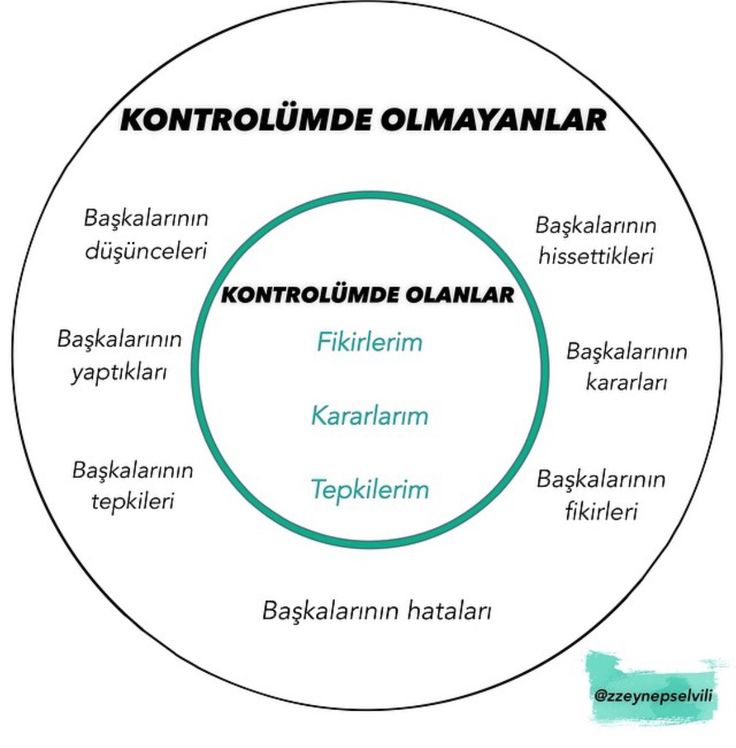 nine0003
nine0003
Denote several approaches that similarities and differences in psychological counseling and psychotherapy.
Psychotherapy (from Greek ψυχή— soul + Greek θεραπεία— treatment , care )- the term was coined in 1872. Tuke, who first used it in his book "Illustration of the Influence mind on the body", although the first systematic discussion on the topic psychotherapy was discovered by Reils book "Method mental treatment" in 1803, and the first teaching as independent discipline started in 1811 by Heinroth. Currently Most often, this concept is medical and psychological impact on the mental sphere of a person with the aim helping him. nine0003
Works 3. Freud and G. Selye led to understanding the fact that the majority of painful manifestations are non-specific defensive reactions to pathogenic factor, and stimulated formation of a new paradigm of psychiatry (Yu. L. Nuller, 1992-1995).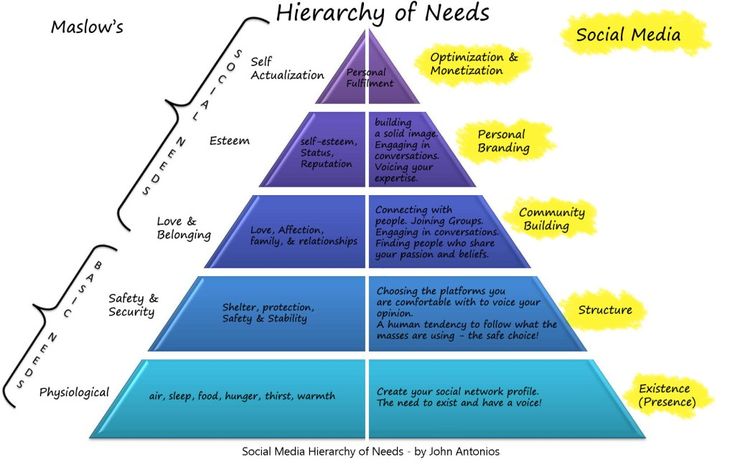 Within this paradigm the orientation of psychotherapy also changed. Established models of psychotherapy comparable to both medical and psychological (see Table 1). At present time goes by intensive process of development holistic (holistic) paradigm psychotherapy, in which these models are not an alternative, but poles of psychotherapeutic space. nine0003
Within this paradigm the orientation of psychotherapy also changed. Established models of psychotherapy comparable to both medical and psychological (see Table 1). At present time goes by intensive process of development holistic (holistic) paradigm psychotherapy, in which these models are not an alternative, but poles of psychotherapeutic space. nine0003
B our country traditionally emphasizes distinction between "medical" psychotherapy, those. practiced in the field of clinical psychology and related impact on people suffering from severe psychopathological symptoms, and "psychological" model of psychotherapy, in other words, psychological counseling.
Psychotherapy (or just therapy) traditionally focuses on serious issues associated with mental, intrapersonal problems and conflicts. She is engaged "restoration of adequacy" (Casey, nineteen96, p. 175). Psychotherapy is characterized the following features (Corsini, 1995; super, 1993): a) preferential appeal to the past, not the present; b) accent on understanding, not on change; in) detachment of the psychotherapist; G) The therapist acts as an expert.
Psychiatrists and clinical psychologists widely use the term psychotherapy to describe one's work. However, often from a specific specialist depends on whether clients receive counseling or psychotherapy services. A number of counseling theories are commonly are therapeutic and used in counseling as well as in therapy. There are other common traits in counseling and psychotherapy, as shown in fig. nineteen0003
| Formation original structure | Establishment rapport | |||
| nine0094 | ||||
| Research personality, perceptual field and behavior | Identification problems | |||
|
| ||||
| nine0094 | ||||
| Conduct evaluation and collection of necessary information | Solution problems | |||
|
| ||||
| Plan action | Acceptance solutions | |||
|
| ||||
| nine0094 | ||||
| Prospective observation and possible development additional strategies | Completion | |||
Fig.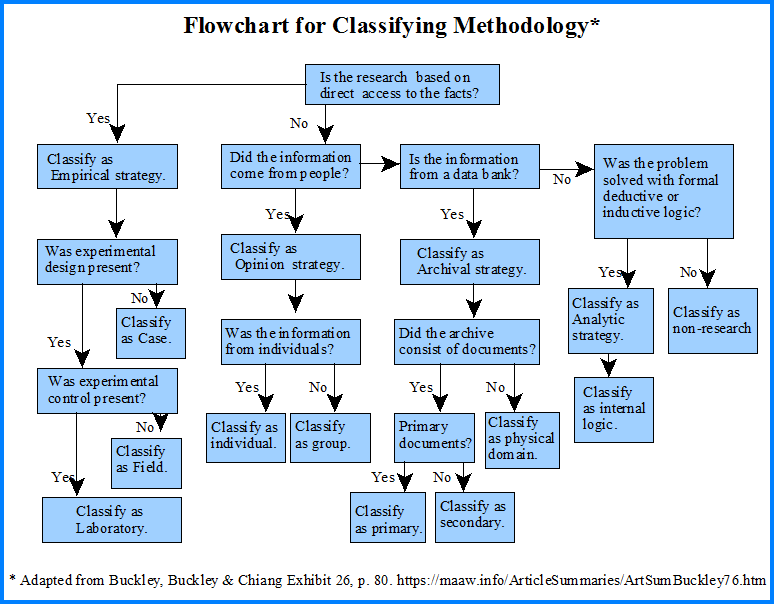 1. Similar processes in the work of a consultant and psychotherapist
1. Similar processes in the work of a consultant and psychotherapist
B in general, when distinguishing between psychotherapy and counseling need to consider two criteria. First, psychotherapy assumes a long-term relationship therapist with a client (from 20 to 40 sessions over a period of six months to two years) aimed at reconstructive the change. Counseling, on the other hand, tends to short-term relations (from 8 to 12 sessions over a period of up to six months) and focuses on problem solving development and situational problems. Second, counseling is usually held at outpatient conditions (in institutions that do not provide permanent residence of clients in them, e.g. in schools or community institutions), while therapy can carried out in both outpatient and in landlines conditions (in permanent medical institutions, such as like psychiatric hospitals).
Consulting
Undertaken Over the years, attempts have been made to define counseling failed to eliminate all disagreements.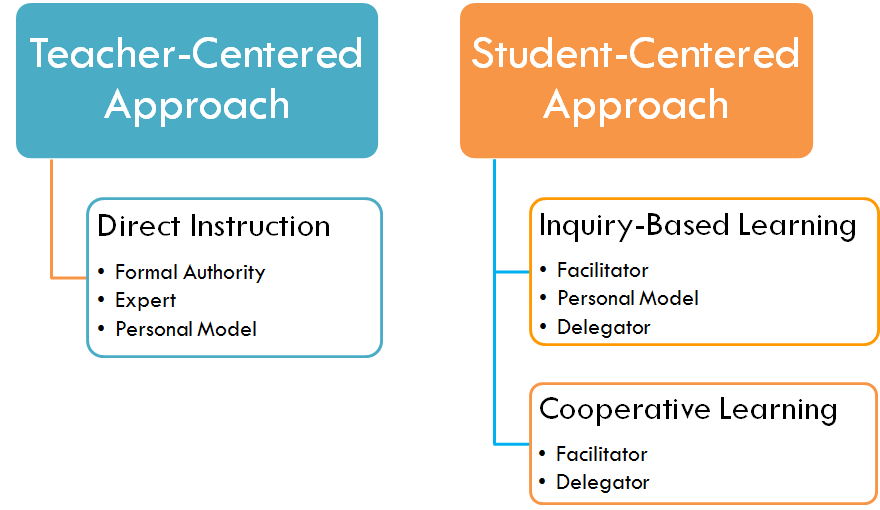 In October 1997 Board Council ASA was adopted definition professional advice, which, seems to satisfy a variety of representatives of this profession and demonstrates to the public a clear picture of the activities of consultants (X. Smith, personal communication June 6 1998). According to the definition A SA professional counseling is "the application of the principles of mental hygiene, psychology, human development during cognitive, affective, behavioral or systemic influences and strategies aimed at achieving psychological comfort, personal growth, career development, as well as for the treatment of pathology nine0035 iwww . counseling . org / consumers media ). This definition contains a number of hidden and explicit provisions, the awareness of which important for both consultants and consumers.
In October 1997 Board Council ASA was adopted definition professional advice, which, seems to satisfy a variety of representatives of this profession and demonstrates to the public a clear picture of the activities of consultants (X. Smith, personal communication June 6 1998). According to the definition A SA professional counseling is "the application of the principles of mental hygiene, psychology, human development during cognitive, affective, behavioral or systemic influences and strategies aimed at achieving psychological comfort, personal growth, career development, as well as for the treatment of pathology nine0035 iwww . counseling . org / consumers media ). This definition contains a number of hidden and explicit provisions, the awareness of which important for both consultants and consumers.
Consulting is a profession. Professional consultants undergo a degree course of study master's or doctorate.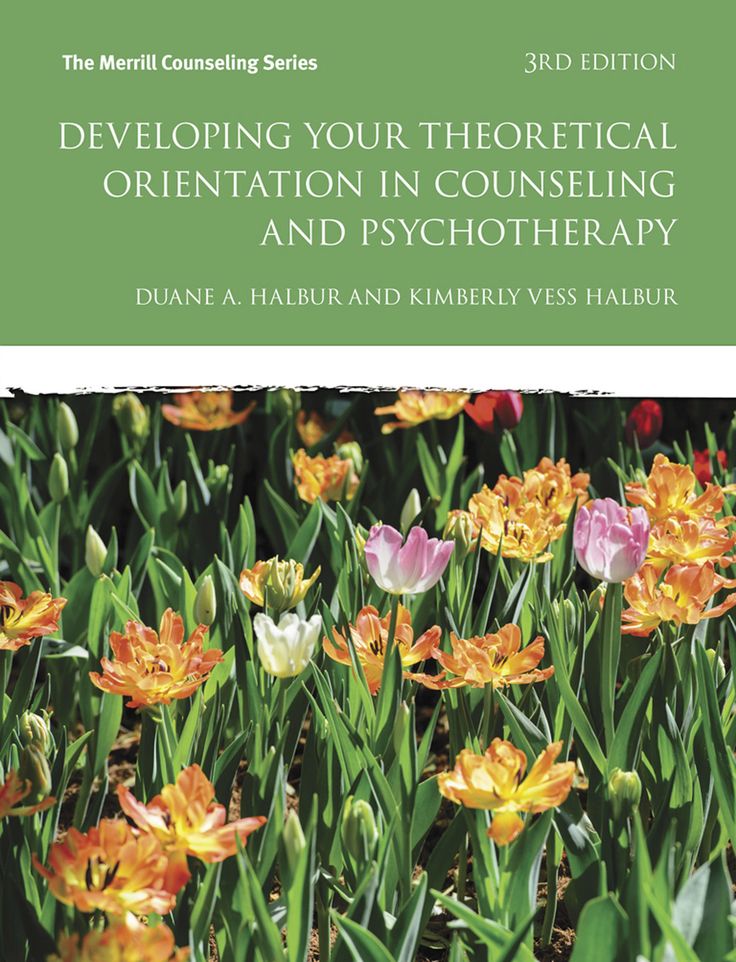 Consultants are members of organizations that accepted professional and ethical standards and is carried out by the state licensing and certification national associations (Glosoff & rockwell, nineteen97). Certification and licensing procedures, as well as strict adherence to regulations code of ethics give the public assurance that the consultant complies minimal educational and professional standards. Generally counseling actively and proactively 2 dealing with various life problems.
Consultants are members of organizations that accepted professional and ethical standards and is carried out by the state licensing and certification national associations (Glosoff & rockwell, nineteen97). Certification and licensing procedures, as well as strict adherence to regulations code of ethics give the public assurance that the consultant complies minimal educational and professional standards. Generally counseling actively and proactively 2 dealing with various life problems.
Consulting deals with issues related to well-being, personal growth, career and mental disorders clients. In other words, consultants work where it matters human relationships (Casey, nineteen96). Their area of focus includes intra and interpersonal problems that have attitude towards finding meaning and fitting in areas such as school, family and career.
Consulting conducted as with people who are considered quite prosperous, and with those who has significant problems.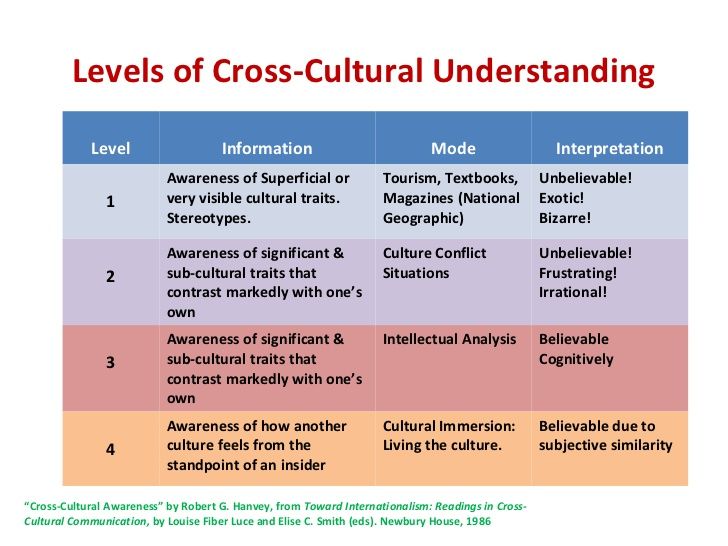 Consultants serve the needs of a wide spectrum of people. Clients with whom they have case consultants facing developmental problems or with situational difficulties and need help to adaptations or cures. Their problems often require short-term interventions, but sometimes the amount of work expands into diseases included in the Guide on the diagnosis and statistics of mental disorders ( Diagnostic and Statistic Manual of mental Disorders , 1994) American psychiatric association.
Consultants serve the needs of a wide spectrum of people. Clients with whom they have case consultants facing developmental problems or with situational difficulties and need help to adaptations or cures. Their problems often require short-term interventions, but sometimes the amount of work expands into diseases included in the Guide on the diagnosis and statistics of mental disorders ( Diagnostic and Statistic Manual of mental Disorders , 1994) American psychiatric association.
Consulting based on theory. Consultants based on various theories including cognitive, affective, behavioral and systemic. These theories can be applied individually work, as well as working with groups and families. nine0003
Consulting - is process, which can be both a means development and intervention.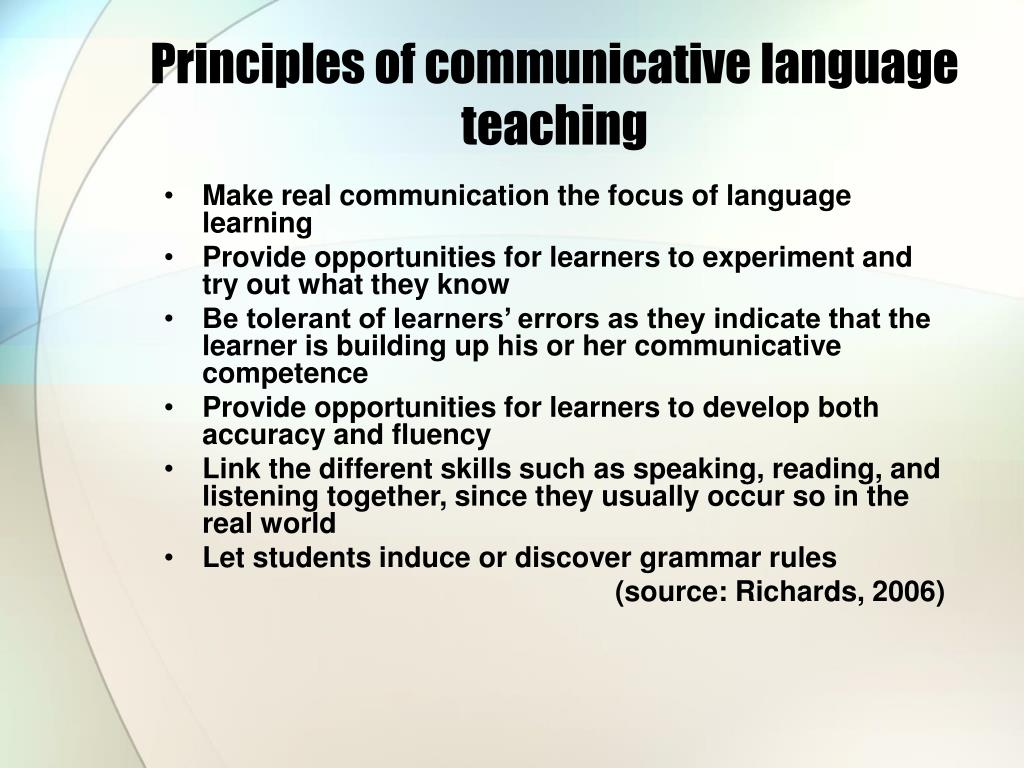 Consultants focus on their goals clients. Thus, counseling involves both choice and change. In some cases, counseling is a rehearsal for future activities" (Casey, 1996, r. 176).
Consultants focus on their goals clients. Thus, counseling involves both choice and change. In some cases, counseling is a rehearsal for future activities" (Casey, 1996, r. 176).
Consulting includes various specializations. B definition professional counseling, accepted ASA, "specialization characterized by a narrow focus and requires in-depth knowledge in this ( www / counseling . org / consumers media ). Specializations (directions) reflect different aspects counseling focused on application of the principles of mental human health or development. AT as areas of counseling allocate counseling in schools and colleges, marital and family counseling, counseling mental health issues, gerontological consultation, rehabilitation counseling, addiction counseling and offenses, as well as counseling on career issues. Each of these directions require from a specialist specific education and experience. AT regarding the training of specialists A SL outgoing from the position that "all professional consultants must first meet the general requirements of practice professional consulting" ( www : counseling . org / consumers media ).
AT regarding the training of specialists A SL outgoing from the position that "all professional consultants must first meet the general requirements of practice professional consulting" ( www : counseling . org / consumers media ).
known at least about 450 types of psychotherapy, more than half of which are used in working with children and adolescents. United systematization of such a wide and ever expanding list practically unrealistic, and the classification types of psychotherapy vary greatly from author to author. But anyway most types of psychotherapy are comparable with basic approaches. nine0003
Psychodynamic an approach.
Beret starting from the principles and methods of psychoanalysis, coming from dynamic understanding mental phenomena "... as manifestations struggle of spiritual forces, as expressions purposeful tendencies that work in harmony with each other or against each other" (3 Freud, 1915). Purpose psychotherapy - understand and resolve internal emotional conflicts arising in the earliest relationship, defining subjective meaning subsequent experience and reproducible in later life. nine0003
Purpose psychotherapy - understand and resolve internal emotional conflicts arising in the earliest relationship, defining subjective meaning subsequent experience and reproducible in later life. nine0003
Therapeutic relationships are used to identify, explain and change these subjective values. Relationship "therapist-patient" are considered as a reflection of the ascendant to the early experience subjective meanings, emotional conflicts. During therapeutic relationship the patient unconsciously transfers to the therapist the existing early experience of the meanings and feelings that thus become available awareness. On the other hand, the therapist may also unconsciously transfer to patient their subjective values and the senses. Awareness of the transference system and countertransferences, arising resistances and forms the basic fabric of psychodynamic approach. nine0003
He represented by various schools: 3. Freud, A. Adler, K.G. Jung, C. Horney, J. Lacan and others, and in child psychotherapy - schools A. Freud, M. Klein, G. Hack-Helmut and others. Within the framework of this approach, one can consider Gestalt therapy F. Perls, transactional analysis by E. Bern, psychodrama by J. Moreno and other methods.
Lacan and others, and in child psychotherapy - schools A. Freud, M. Klein, G. Hack-Helmut and others. Within the framework of this approach, one can consider Gestalt therapy F. Perls, transactional analysis by E. Bern, psychodrama by J. Moreno and other methods.
Behavioral (behavioral) approach.
Essence this approach, which goes back to the theories I. P. Pavlov and B. Skinner, is a member of modification of behavioral stereotypes through the use of the principles of the theory learning. behavioral and emotional problems are understood as fixed as a result of encouragement and reinforcement maladaptive responses to environmental irritants. The task of psychotherapy consists in their elimination or modification. Behavioral Therapist Answers 4 questions:
1. What behavior is the target for change and what's in the observed behavior be strengthened, weakened, support? 2. What events supported and support this behavior? 3.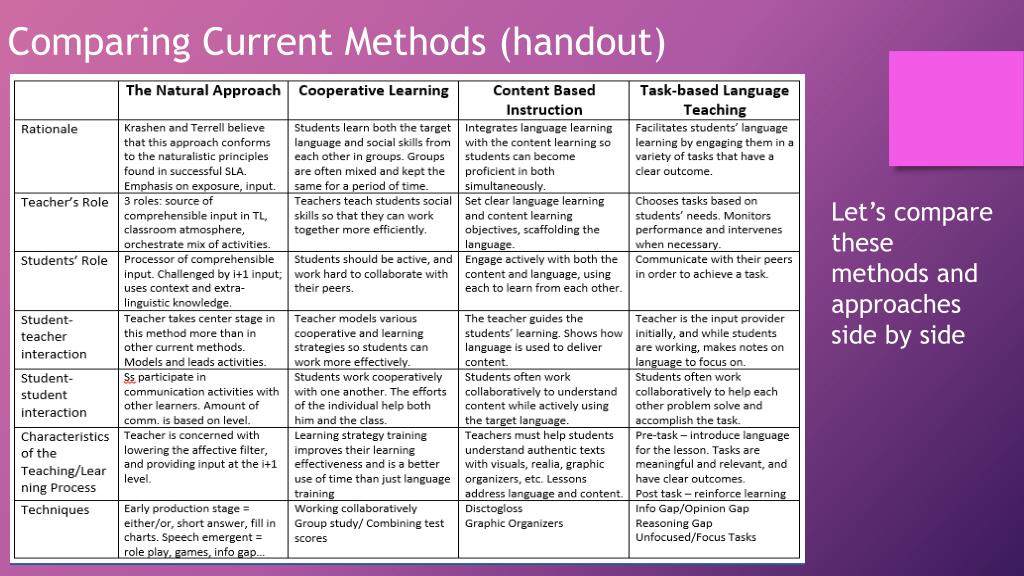 What environmental changes and systematic interventions can change that behavior? 4. How can one day established behavior be maintained and/or extended to new situations for a limited time?
What environmental changes and systematic interventions can change that behavior? 4. How can one day established behavior be maintained and/or extended to new situations for a limited time?
Therapist does not seek to penetrate the origins conflict (symptom, problem) - he changes observed behavioral stereotypes. Psychotherapy begins with detailed analysis of behavior. Target analysis - get as much as possible detailed scenario of occurrence symptom described in the observed and measurable concepts of what, when, where, at under what circumstances, in response to what, how often, how much, etc. Then together triggers are analyzed with the patient and contributing factors. Then compiled and implemented jointly and independent work detailed step by step action plan. Compared with psychodynamic this approach is distinctly directive. nine0003
Cognitive an approach.
Rising to the works of A. Beck and relies on ideas about the decisive role of thinking, cognitive (cognitive) processes in the origin of the violation.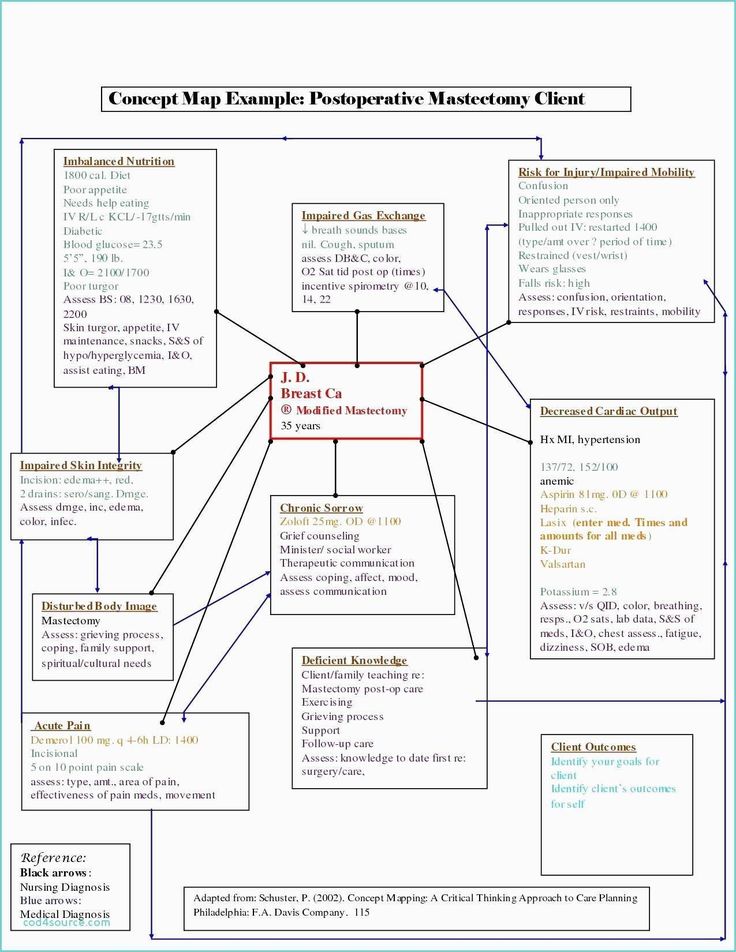 Like psychodynamic approach, he appeals to implicit, hidden causes of violations and like behavioral - to disadaptive behavioral stereotypes. But focus This approach focuses on not on the dynamics of basic mental forces and experiences and not on stimulus-reactive chains, but on schemes of thinking: any response to external circumstances mediated by internal organization mental processes, patterns thinking. Failure of these patterns launches "negative cognitive schemas", which is fundamentally comparable to errors programming and viral distortions computer programs. nine0003
Like psychodynamic approach, he appeals to implicit, hidden causes of violations and like behavioral - to disadaptive behavioral stereotypes. But focus This approach focuses on not on the dynamics of basic mental forces and experiences and not on stimulus-reactive chains, but on schemes of thinking: any response to external circumstances mediated by internal organization mental processes, patterns thinking. Failure of these patterns launches "negative cognitive schemas", which is fundamentally comparable to errors programming and viral distortions computer programs. nine0003
Various schools under this approach emphasize the importance of individual cognitive styles, cognitive complexity, cognitive balance, cognitive dissonance, etc. e. The goals and objectives of psychotherapy are oriented to "reprogram" thinking and cognitive processes as a mechanism problems and education symptoms. The range of methods is very wide - from rational psychotherapy according to P. Dubois before rational-emotive psychotherapy A.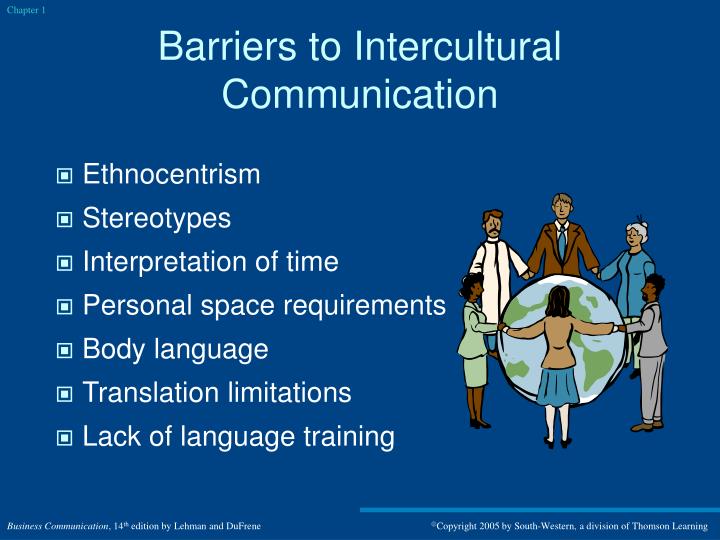 Ellis. Similar to behavioral cognitive approach is based on directive position of the therapist. nine0003
Ellis. Similar to behavioral cognitive approach is based on directive position of the therapist. nine0003
Humanitarian (existential-humanistic) an approach.
Beret beginnings in humanistic psychology and the works of its founders - K. Rogers, R. May, A. Maslow and others. The essential core of this approach - in understanding a person as indivisible and fundamentally integral unity of body, mind and spirit, and respectively - in the appeal to the integral experiences (happiness, grief, guilt, loss etc.), and not to individual isolated aspects, processes and manifestations. The categorical apparatus of the humanitarian approach includes representations about "I", identity, authenticity, self-realization and self-actualization, personal growth, existence, meaning life, etc. nine0003
Methodical the apparatus is connected with the humanistic-existential rethinking life experiences and psychotherapeutic process. With this approach involves a wide range of methods: non-directive client-centered psychotherapy (C. Rogers), psychological consulting (R. May), bioenergetics (W. Reich), sensory awareness (Sh. Silver, Ch. Brooks), structural integration (I. Rolf), psychosynthesis (R. Assagioli), logotherapy (V. Frankl), existential analysis by R. May and J. Bugenthal, et al. Click here art therapy, poetic therapy, creative self-expression therapy (M. E. Burno), music therapy (P. Nordoff and K. Robbins) and others. nine0003
Rogers), psychological consulting (R. May), bioenergetics (W. Reich), sensory awareness (Sh. Silver, Ch. Brooks), structural integration (I. Rolf), psychosynthesis (R. Assagioli), logotherapy (V. Frankl), existential analysis by R. May and J. Bugenthal, et al. Click here art therapy, poetic therapy, creative self-expression therapy (M. E. Burno), music therapy (P. Nordoff and K. Robbins) and others. nine0003
System an approach.
To be determined not focusing on theoretical models, and focus on partnership, family, marriage, groups independent organisms, integral systems with their own history, internal regularities and dynamics, stages development, value orientations and etc. Therapy within this approach assumes that dysfunctional the system of relations determines disadaptation its members. The therapist takes a position included observer or playing trainer. Systemic Therapist in Sufficient least directive: he asks questions, observes and controls, structures communication of participants, dramatizes relationships and models conflicts, gives homework, etc.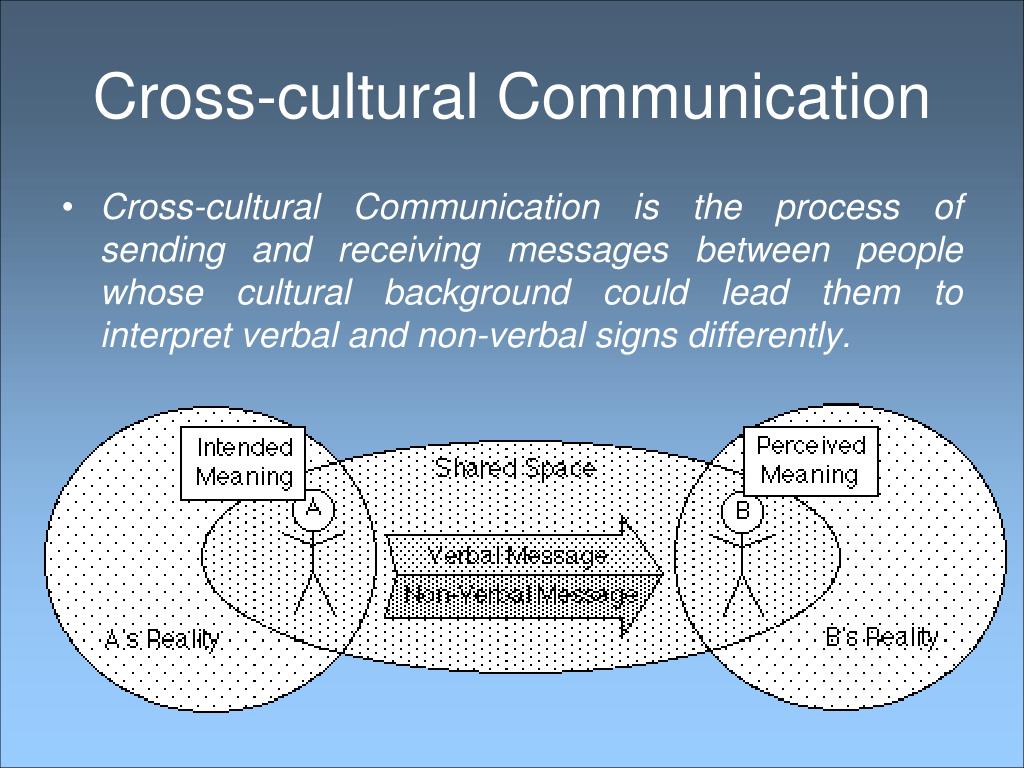
Integrative an approach.
Becomes an increasingly defining trend, within which there is a methodical eclecticism, psychotherapeutic polypharmacy, theoretical integration. In practical terms, integration guided by the G. Paul principle (1967): what kind of psychotherapy and by whom most effective for that person with his specific problems in his circumstances and environment, or M. Erickson's expression (1975): for each patient - his own psychotherapy. Mixing different factors and styles of integration creates "wild psychotherapy" fraught, as A. Lazarus emphasizes (nineteen95), with unpredictable effects.
Chapter 1. Theoretical foundations of counseling and features of adolescence
Psychological counseling is a type of short-term psychological assistance (from one to ten meetings), focused on identifying the causes of specific problems, their resolution and recovery emotional balance.
AT advisory work psychologist with parents should be noted that it is based on a special model parental behavior and interaction with specialists. nine0003
nine0003
Basic The characteristic of this work is that that in most cases the psychologist faces not only the unformed a request for help, but with an extremely negative attitude and to the procedure of interaction with a specialist, and partly to him. This is one of the most powerful factors desire to hide what is happening from others with a child (which determines the confidential direction of counselling).
Other option is absolute indifference parents to the problems of the child and ignoring the problems themselves, and recommendations of experts. Partly this behavior is explained socioeconomic and cultural characteristics of families whose children are trained in the system of special education. Many people from these families - people from marginalized groups of the population, poorly financially secure. AT modern social situation, many parents unemployed or working on low-paid, unstable jobs - doing low-skilled labor. great the percentage of alcoholism among members of such families. These and many other factors usually define low sociocultural level, which, of course, affects family relationships. with an educational institution specialists, determines the specifics psychological counseling process. nine0003
These and many other factors usually define low sociocultural level, which, of course, affects family relationships. with an educational institution specialists, determines the specifics psychological counseling process. nine0003
Work psychologist in such a situation requires him special interaction technologies with family and possession of adequate methods influences, psychotherapeutic tricks.
Targets and tasks of psychological counseling
Psychological consulting - work directly with people aimed at solving various kinds of psychological problems, associated with difficulties in interpersonal relationships where the main means impact is certain an organized conversation (Yu.E. Alyoshin). nine0003
Main purpose of psychological counseling: Creating the conditions for possible achievement by the client rethinking one's own life situations, the development of a new existential position, understanding unconstructive ways of behaving and develop new psychosocial skills should be considered advisory activities as intimate-personal process oriented exclusively for an individual (family).
Main the purpose of this counseling - helping healthy people solving problems and problems facing him. The main tasks in the psychological counseling are:
- emotional support for the patient;
- expansion of consciousness and psychological competence;
- assisting the individual in solving personal problems;
- change in a person's attitude to the problem;
- change in the attitude of a person to social environment and oneself;
- successful adaptation and overcoming emerging difficulties;
- increased stress resistance;
- development of a realistic assessment of the reality; nine0003
- assistance in solving problems related to various diseases.
Psychological counseling is relative. a simple form of psychological help compared to psychotherapy, more superficial and shorter work.
essence psychological counseling is that the psychologist, using professional scientific knowledge, creates conditions for another person, in which he experiences his new opportunities in solving their own psychological tasks (G.S. Abramova). nine0003
Stages psychological counseling
AT during a session of psychological counseling consultant carefully listens to the client, asking clarifying questions, contributes to a clearer and concrete understanding by the client of the boundaries problem, its causes. During the session the consultant also informs the client about psychological defense mechanisms, subconscious motives, etc.
AT The consultant's work is guided by the fact that the client himself knows the origins of his difficulties and problems. We just need to help a person to find this knowledge, realize it, formulate, accept and based on this knowledge to find ways to solve this problems or concerns. nine0003
nine0003
AT the process of communication reveals when the problem appeared, what gave rise to it, and how can you solve it. Implemented search for available resources client to solve this problem situations. The most likely ones are selected. options, is determined by the so-called "solution fan".
Then discusses how these solutions can look in real life, what can be done in the near future (sometimes, literally tomorrow), and through action are achieved real change. When in doubt the client in the correctness of the chosen solutions the consultant can offer conduct an "environmental audit" this option. nine0003
As as a rule, the consultation ends after discussing homework, or steps for the near future and is assigned next meeting to discuss results of the implementation of the selected options for solving the problem.
On every step of the consultation process (preparation for consultation, first session, diagnosis of child development, final conversation with parents - issuance of information, the stage of acceptance by the family decisions), the psychologist should be guided structure specific to this stage psychological correction inherent this stage methods and techniques psychological work with the family.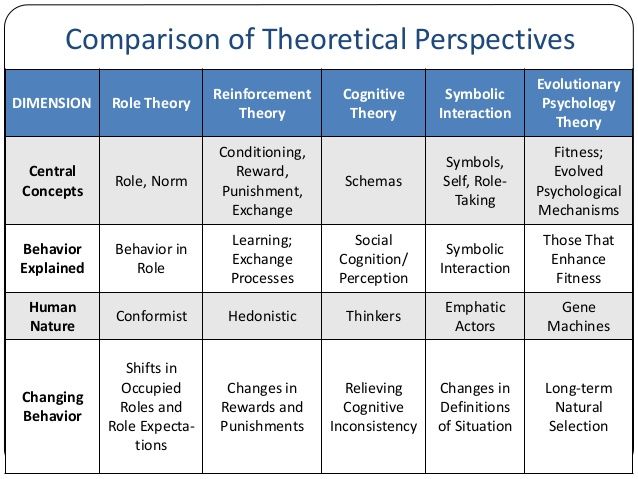 nine0003
nine0003
Consider stages and features of work psychologist-consultant at each them.
First stage (Preparation for the consultation. First family contact)
Regardless on whether the parents were called to specialist or came yourself, character first contact is of particular importance. Enrollment can be done either by telephone, or in person from family members with a psychologist. Parent (parents) are told what information or documents required, and agree with him the date and time of the consultation. It is desirable that already at this moment parents could ask questions they were interested in questions and get comments regarding the proposed consultation. This allows some clarity in their expectation. trust relationship may also contribute to some reference information about specialists, surname and regalia of the consultant, to to which they are recorded, etc. nine0003
Psychologist, for its part, can at the first contact learn about social welfare situation in the family, its composition and structure, names and patronymics of its members. Similar information to a large extent earns respect from parents effectiveness of counseling already from the first stages.
Similar information to a large extent earns respect from parents effectiveness of counseling already from the first stages.
Second stage (Counseling session.)
Session consultation is central moment at which it takes place continuous counter flow of information from parents and counselor. nine0003
Efficiency conducting this session in many ways depends on abilities and skills receptionists. Basically These are the abilities that create trust and facilitate communication with consultable, empathic empathy, understanding, respect, positive attitude, sincerity and concreteness. In line with the above are the identification and understanding the feelings of parents also, which is important in this case, ability to convey to family members understanding of their experiences. positive attitude is the ability of the consultant express respect and recognition of the right to the presence of expressed feelings, the right to decide. nine0003
nine0003
feature consulting work of a psychologist education in such a situation is that almost simultaneously with parental counseling, he should assess the nature of the problems and the level current development of the child. After all parents came to counseling for the first time turn to find out what's wrong with their child. And postpone neither the consultation, nor, by that more, diagnostics and condition analysis child is impossible. Both of these processes superimposed on one another and sometimes work with parents, seeing their condition, have to start long before How is an in-depth diagnosis carried out? and you can say something about the child's condition. nine0003
One one of the important components of psychotherapeutic work at this stage is the ability to confrontation. The consultant must point out inconsistencies to parents in their perception, value system and etc. While the ability to empathic sympathy is associated with the initial steps of counseling, the confrontation goes on - it shows consulting what the consultant noted and recognized the inconsistency.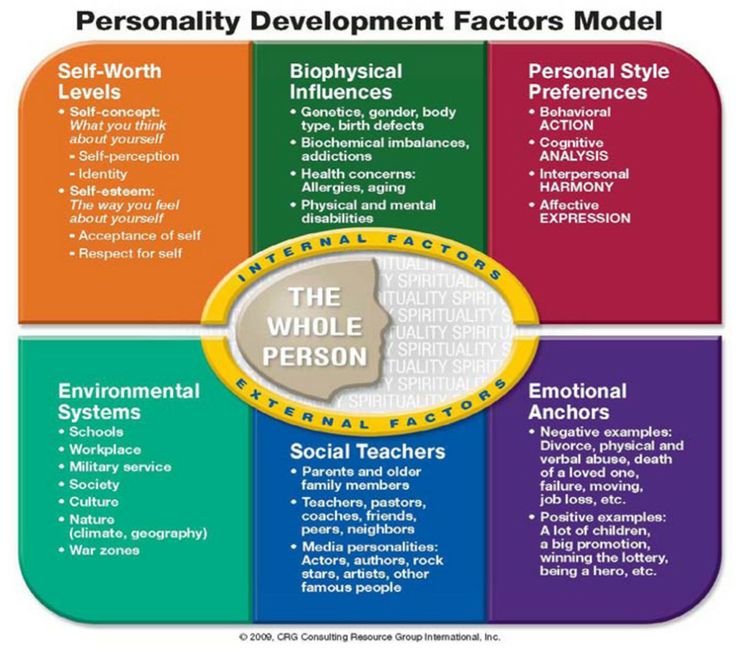 Here it is necessary to introduce such an important for counseling concept like phase communications. nine0003
Here it is necessary to introduce such an important for counseling concept like phase communications. nine0003
Consultant must interact with the family certain sequence, skipping and not underestimating each phase (stage), and at each the stage of communication, parents themselves should identify your fears and concerns be aware of your own perspective situation.
a) Initially, it is necessary to identify level of parental understanding child's difficulties and level of adaptation families to it. It must be revealed before parents start asking questions to the consultant. In case if parents can't speak clearly consultant needs to ask questions, demonstrating confidence that he understands and shares the yoke of fear. nine0003
b) Bringing clarity to the facts. At this stage (phase) parents highlight the facts of the family life and development of the child (even if the form of family "myth-making"). These the facts are analyzed by the consultant and as if accumulated in order to then convince the parents.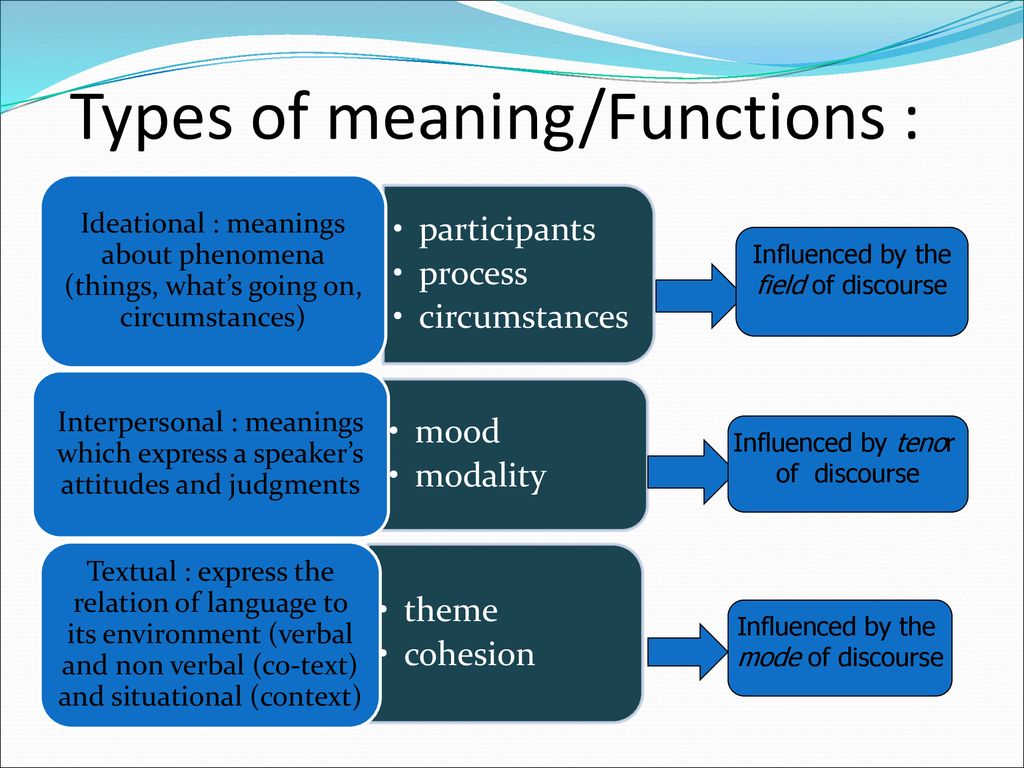 An important point this stage is also clarification parents of the need for such work (such a story) what makes them think carefully about what they say about the child.
An important point this stage is also clarification parents of the need for such work (such a story) what makes them think carefully about what they say about the child.
in) Informing the family by the counselor. At this stage, not only transferring information to the family, but also checking what and how the parents realized on previous phases (counter flow information). Information cannot be submitted without making sure that the parents understood position of the consultant, his view of family problems. nine0003
Reverse communication from a family counselor includes observation of verbal and non-verbal reactions, control of emotions, cupping unwanted reactions.
Should note that the whole structure of the process counseling - stages and related them phases of communication - are in close relationship with the dynamics of emotional the state of parents, socio-psychological adaptation of the family as a whole.
AT depending on the expression and duration of a particular phase emotional state of parents the duration of the stages should also change and phases of communication. So, the informing phase family, as a rule, passes before the stage decision-making, but is closely related to the condition of the parents. All this is like usually falls in the fourth phase states when parents are able most appropriate to take this information, although in some cases transfer of complete information is possible already in the third phase of family psychodynamics, at least at the end. This is more effective incentives for mother's recovery from depression. In this situation, much depends on qualifications of a specialist, his ability evaluate and properly build the process counseling. nine0003
So, the informing phase family, as a rule, passes before the stage decision-making, but is closely related to the condition of the parents. All this is like usually falls in the fourth phase states when parents are able most appropriate to take this information, although in some cases transfer of complete information is possible already in the third phase of family psychodynamics, at least at the end. This is more effective incentives for mother's recovery from depression. In this situation, much depends on qualifications of a specialist, his ability evaluate and properly build the process counseling. nine0003
Third stage . (Decision stage)
This the main stage of all counseling. How appropriate is the decision? how it is realized by the family and how much parents will follow him in the future, determines the effectiveness of counseling generally. It is necessary that parents realized that this decision would affect them the life that they have to live by relying to your own decision.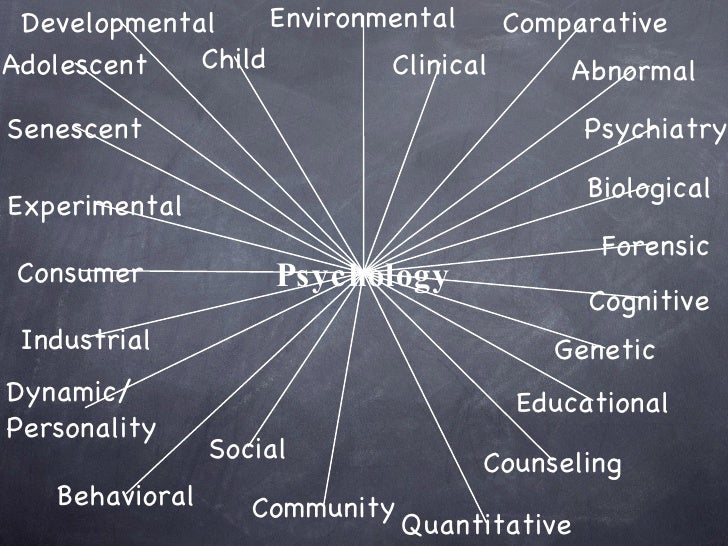 Their point vision (so far only declared) should be integrated into the concept of feeling responsibility. nine0003
Their point vision (so far only declared) should be integrated into the concept of feeling responsibility. nine0003
Consultant often one of the few people to whom parents can open up, and the only one who can influence this moment on their unrealistic fantasy. Common practice behavior specialist, which is parents are simply informed that they didn't do anything they should cause feelings of guilt comments about their feelings, or a conversation about how people like they often feel guilty when they have problem child, often turns out to be unconstructive. nine0003
So Thus, the initial strategy consultant, leading to a decrease feelings of guilt or shame is help parents in the free expression of their opinions about the problem brought them in for a consultation.
Intervention consultant at this stage of recognition or in general, skipping it in work leads to reduce the effectiveness of subsequent interventions. It often happens that consultant using one of the available in his arsenal of tactics in various educational institutions showed that similar methods and techniques of corrective work with parents is applicable to the most various counseling situations parents with children with different types deviant development.

